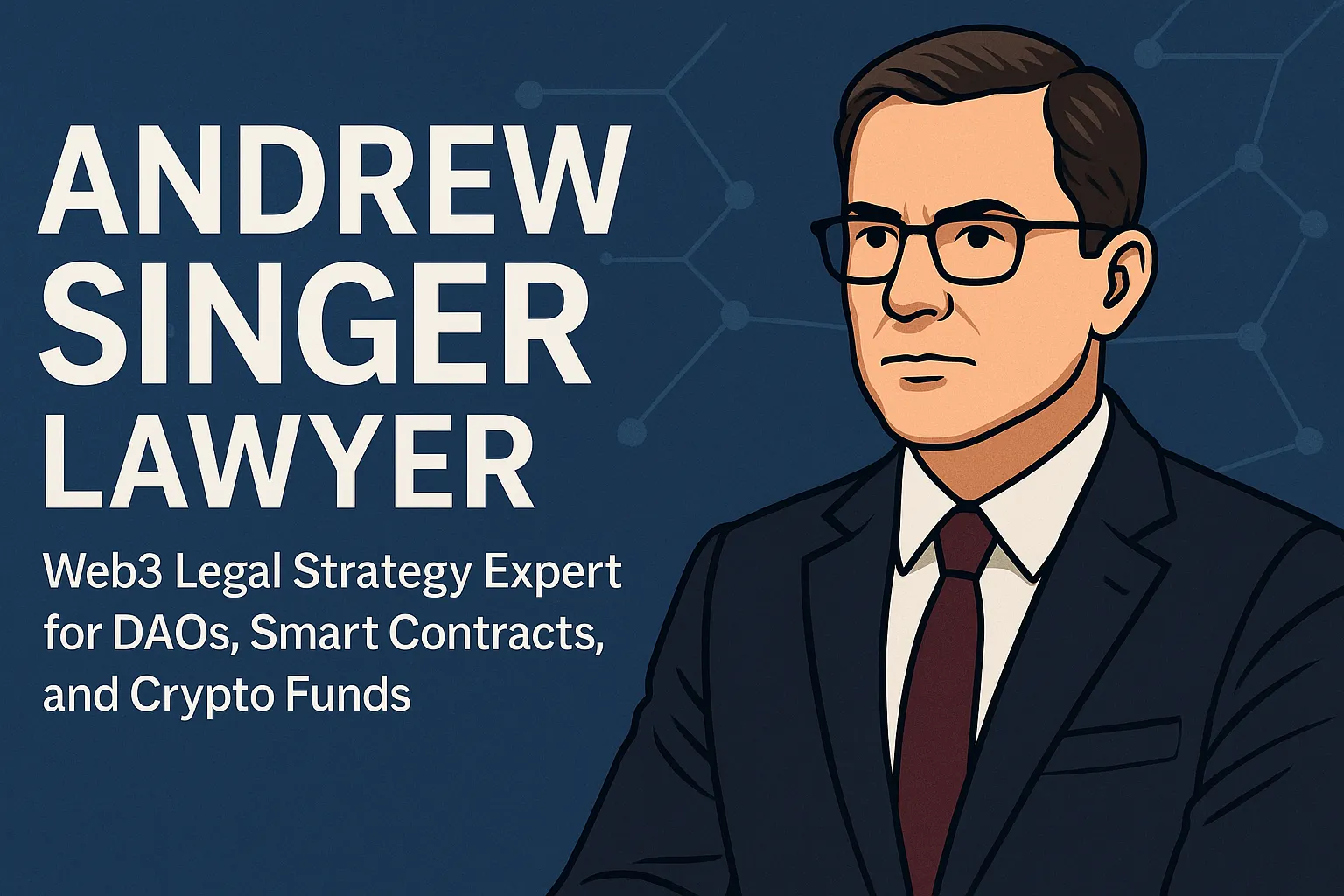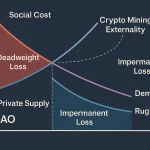Andrew Singer Lawyer – Web3 Legal Strategy Expert
Andrew Singer Lawyer: Web3 Legal Advisor to Funds & Protocols
Andrew Singer is not just another crypto attorney. He’s one of the rare legal architects protocol founders, DeFi treasuries, and DAO operators seek out to convert blockchain logic into enforceable legal frameworks — in advance of regulators, not in hindsight.
Contents
- Smart Contract Enforceability in Legal Disputes
- How Web3 Funds De-Risk Allocation Using Legal Models
- Reverse Engineering SEC Enforcement Patterns
- DAO Governance Triggers as Legal Safeguards
- Offshore Legal Structuring for Multi-Chain Protocols
- Conclusion
Smart Contract Enforceability in Legal Disputes
Andrew Singer sees smart contracts not so much as code to be read — but as legally binding promises. By advocating or constructing DeFi protocols, he gets between compliance and code by providing for contract executions to legally replace traditional pacts.
- Treasury withdrawal caps → structured as binding resolutions of the board
- Governance slowdown functions → treated as fiduciary cool-down times
- Auto-liquidation logic → utilized as proof of pre-agreement acceptance of risk
Late last year, legal action in a multi-sig fund drained by a buggy time-lock crystalized that smart contract activity has legal finality — with no need for human intervention. That case law is now setting out the way protocols are coming at autonomous enforcement.
How Web3 Funds De-Risk Allocation Using Legal Models
Before capital is invested into early-stage protocols, capital increasingly turn to legal due diligence — and Singer’s models don’t simply collect paperwork. He evaluates on-chain threats through simulated enforcement scenarios predicting token-level exposure.
| Fund Type | Pre-Investment Legal Checks | Risk Outcome |
|---|---|---|
| DeFi Liquidity Fund | Liquidity pool access controls & signer jurisdiction | Proceed with KYC-free structure in Singapore |
| Layer 2 Ecosystem Grant | Governance structure + token unlock timing | Delayed entry until proposal updates passed |
| Cross-Chain NFT Index | IP rights embedded in metadata & resale conditions | Approved with offshore holding entity |
Singer’s legal logic models aren’t abstract ideas — they’re implemented by funds that manage more than $2B of on-chain and wrapped assets.
Reverse Engineering SEC Enforcement Patterns
Crypto-regulatory changes track trends that are perceptible. Singer has developed models of litigation on the basis of timing of SEC action, wording, and project metadata — to allow clients to predict risk before release instead of reacting after.
He overlays three realms of risk:
- Token utility-vs-security ambiguity — with GitHub commit description text
- Founder messaging — publicly tweeted text used as fundraise invitations
- Front-end UX of protocol — KYC-free zones designated as retail promotion
By analyzing language in SEC complaints against projects like Kik, Ripple, and LBRY, Singer reverse-engineers regulatory playbooks into project-facing audits. Protocols are now integrating these reviews into launch checklists.
DAO Governance Triggers as Legal Safeguards
DAO proposals increasingly include embedded legal triggers — and Singer has made this institutional. These triggers act as internal alarms that activate certain legal responses:
- New legal rep onboarding with multisig key rotation
- Failure to meet quorum thresholds to lock protocol upgrades
- Lockdowns of treasury transfers pending contributor KYC attestations
This is legal engineering that is more than governance — Singer treats DAOs as programmable legal interfaces, designing conditional logic that lawyers can execute with certainty.
Offshore Legal Structuring for Multi-Chain Protocols
Multi-chain launch necessitates choreography of jurisdictions. A Layer 1 protocol can have a dev team in Europe but bridge assets to a Layer 2 with U.S. users — exposing it to patchwork legal systems.
- Singer streamlines offshore stacks on:
- Location of deployment of key smart contracts
- Validator region clusters
- Access to liquidity pools via dApp front-ends
He will most likely propose tiered wrappers: Cayman foundations for governance, Marshall Islands LLCs for front-end ownership, and Panama branches for contributor payments — all separated by internal subDAOs (where relevant).
Conclusion
Andrew Singer isn’t setting the legal frontier of Web3 — he’s driving it in. His work sets up the mechanism by which protocols internalize legal boundaries before regulation. From DAO automatic lockdowns to SEC-proof token releases, he uses legal engineering on the protocol layer itself.
Crypto projects seeking legal vision — not remedial damage control — are boarding with Singer for one reason: his models turn risk into design.
Want to future-proof your protocol? Employ a lawyer who is a native speaker of Solidity and argues in bytecode logic.
Who is Andrew Singer?
Andrew Singer is crypto-native legal counsel with regulatory defense, DAO structuring, and Web3 protocol and fund smart contract compliance strategy expertise.
Does he represent individuals or protocols?
Primarily protocols and DAOs. His area of expertise is systemic legal engineering — not defending individuals.
Is Andrew Singer affiliated with a specific chain?
No. He operates on Ethereum, Solana, Layer 2s, and modular chains depending on the protocol architecture as well as jurisdictional risk.
➔ Post created by Robert AI Team




